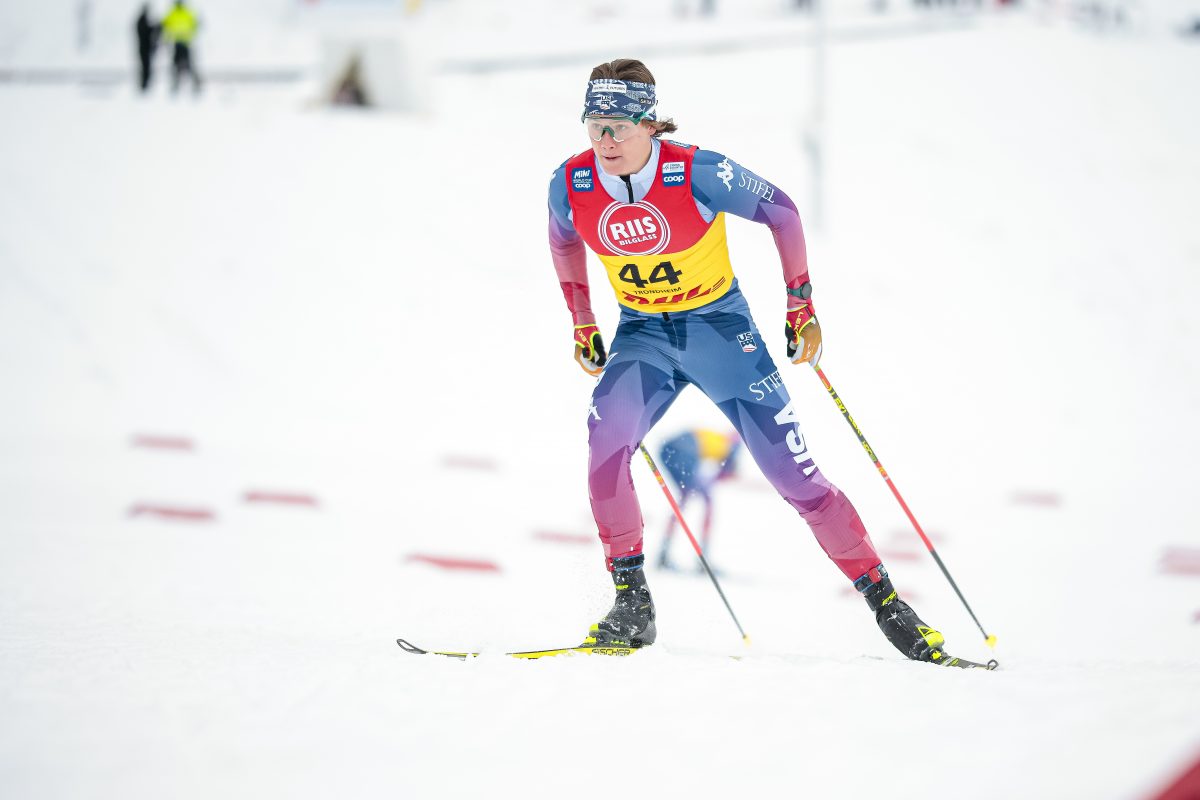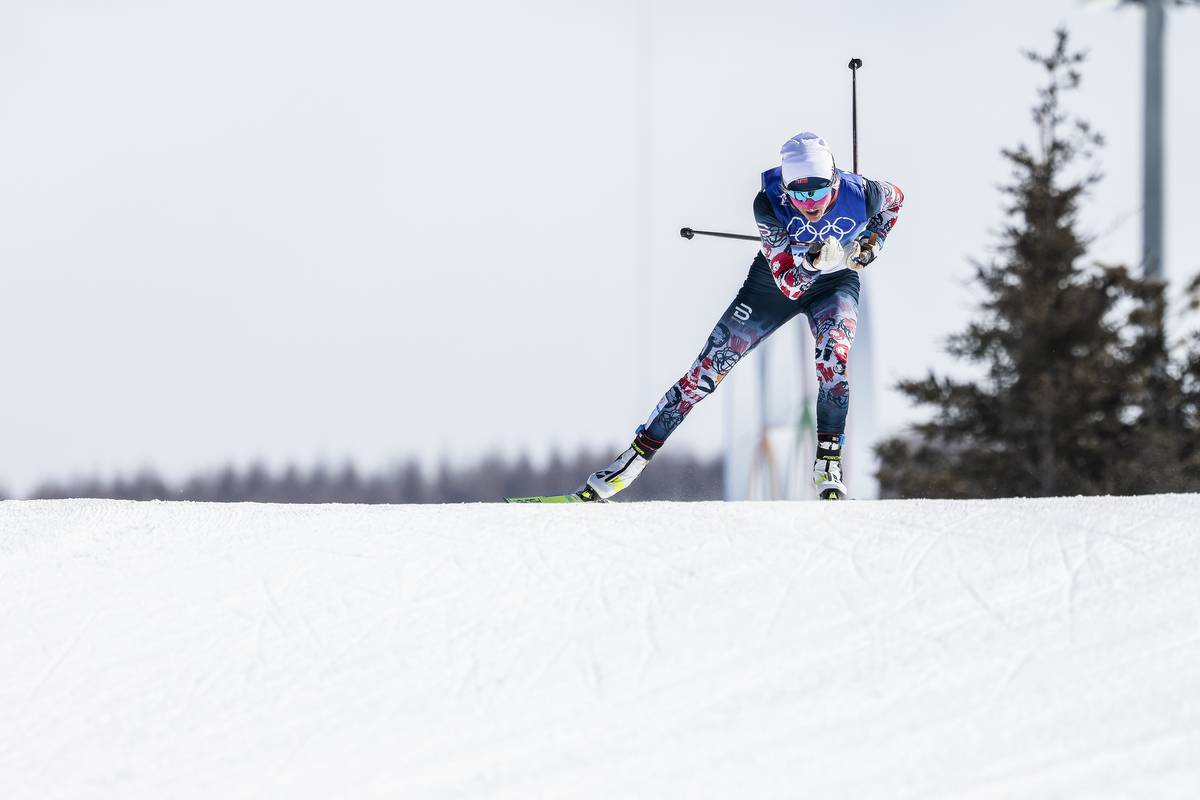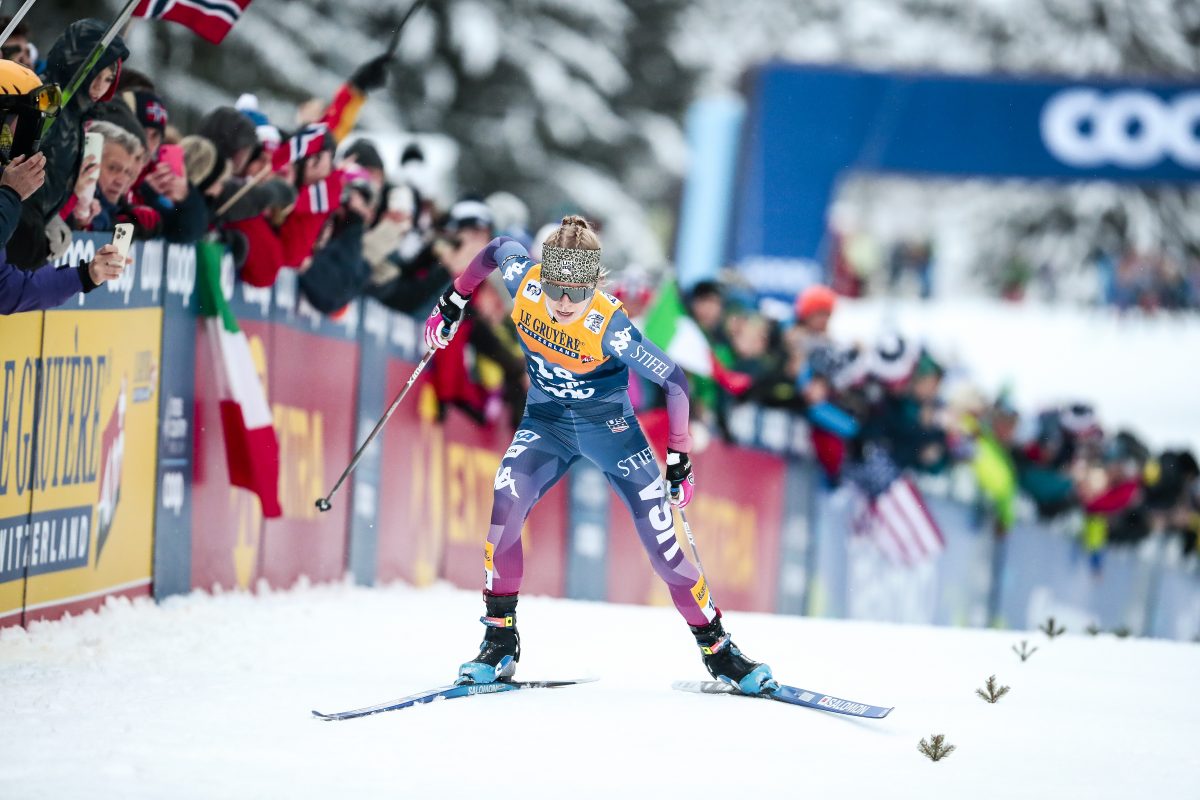Brian Seppala is an 8th grade science teacher and Head Track Coach at Chaparral High School in Parker, CO. Among other titles his boys won the 5A State Championship in the 4×800 meter in 2006 (7:53) and 2007 (7:54). In 2008 the girls team brought home the state 5A title (9:21).
I grew up skiing in New Hampshire, went to college to ski there, and wasn’t planning on leaving skiing or “Back East†anytime soon. Well, things change as they always do, and now I am out in Colorado, 2,000 miles away from where I grew up. I ski maybe 4 days a year, mostly on Denver municipal golf courses. (Although the skiing is great 50 miles west!) Instead of being in the ski world, I am the head coach of a high school track team in suburban Denver and very much in the track world. We focus on the major competitions in the spring but our team does participate in some winter track meets and cross-country meets here and there, so this requires year round training and commitment. We have done pretty well the past few years, and that is due to a number of coaching factors. The most important one, however, is simply the training philosophy I have incorporated. Even though it is track, and running 1 mile is very different from skiing 6.2, I have found that a lot of the training techniques and ideas that are utilized in Nordic skiing fit in perfectly with training for track.
One of the biggest aspects of our training is commitment to hills. Skiers are famous for hill work-outs. Running up them, bounding up them, hiking up them. When I was Nordic ski training, we did hills constantly. It made sense, as most ski races had one or two good hills in them. (I seem to remember Lake Placid had about ten good hills!) Even though a track race is contested on a perfectly flat surface, we will train on hills year round right up to six weeks before the State Meet, our focus competition. We do a Spenst workout involving straight bounding (classic), angled bounding (skate), single leg hops, double leg hops, sprinting, backwards running, and usually a “surprise†at the end. (Just to keep the kids on their toes.) It is consistently the toughest workout of the week, as we have a decent jog just to get there, we increase the number of hills every week, and instead of jogging home, most kids end up walking back to the school. This type of training is something I learned in college, as we would have weekly “Beech Hill†days which were always the toughest day of the week. I preach to the kids that hills not only build speed and strength, but they build mental toughness, which is just as important. Many a race, whether it is a ski race or a track race, has been won on mental toughness.
Dryland training is something we utilize almost more so than training on the track. In skiing, dryland training is a necessity. I remember during some lean snow years in northern New Hampshire in the late 90’s, going out for 3 hour over-distance roller-ski work-outs in mid-December. Dryland was a way of life in my skiing days, and even though Colorado has 350 sunny days a year, and we could train on the track year-round, we don’t. Let’s face it, running around a 400 meter oval can get boring quickly. While we do focus on track work once spring hits and the meets loom closer and closer, most of our summer, fall and winter work is done off the track. We are lucky enough to have Red Rocks Amphitheater nearby, so stadium stairs are the keystone of the summer training. During the cold dark winter months, when skiers are skiing, we are doing gymnastics to work on core strength and muscle endurance. (I am going to get the team up for one Saturday of cruising around on some rental fish-scales next winter, it’s amazing how few of them have actually Nordic skied!) Denver has a great parks system, with pea-gravel trails snaking all around the city. Long runs are traditionally done here. Our tempo intervals are performed on some of these same trails, as any distance loop can be created in almost any nearby park. I even went out and bought 50 pairs of rental ski poles. Now my athletes can be seen jogging through my neighborhood hitting each other with poles on their way to do some bounding exercises early on Saturday during the fall and winter months. It is always interesting the questions you get from passerby those mornings. “What are your kids training for coach, ski season?†“Nope, spring track.†I love the confused looks that I get; it reminds me of cars passing me when I was cruising through Durham on my roller-skis.
Many people think running is the easiest sport to actually “doâ€. It’s only “right-left-right-left†and repeat. While it is true that we learn the actual act of running at a very young age, at the competitive levels of track, when you are running to win races, there is quite a bit of technique involved. Certainly not as much technique as is involved in Nordic skiing, but some nonetheless. During the summer, we will spend a lot of time making sure the foot strike is correct, the hips are forward, driving the thighs, and upright posture. Once race season rolls around, we work on slingshotting around a turn, baton hand-offs, striding out the backstretch, and starts out of the blocks. We try to spend almost every practice touching on these things. I was passed by many a ski racer who might not have had the same engine as I had, but had enormously better technique. Technique is free speed, whether it is running or skiing, and tapping into that is an advantage that we try and take.
Other areas that I have found to be the same in competitive Nordic skiing and high school track are getting a good rest day in two days before the race. Due to traveling constraints, touring the course, learning the snow conditions, that rest day in skiing was rarely the day before, but rather 48 hours before. In track, we don’t have those travel logistics, but I do find that this gives the younger high school athlete plenty of time to rest and come back stronger physiologically. Most kids only need that one day off, but some athletes might need two. Having a rest day two days before a meet allows that opportunity to get that extra rest and recuperation.
Core strength is concept that a key component in all sports, not just Nordic skiing. Track is not a “legs only†sport. Strong arms and a strong core are necessary for pushing and shoving at the start of a race, keeping your tempo up when you’re fatigued, and being able to kick into that extra gear at the finish. Runners don’t need huge bulky heavy muscles, but they do need endurance strength. Tuck circles, sit-up routines, pull-up contests, everything we would do in skiing, we do in track as well.
Coaching track is not my only job; I am actually an 8th grade science teacher. I had most of the kids on my track team as students when they were still in middle school. Although I love teaching science, my true passion is coaching kids. While I would love to coach a Nordic ski team somewhere down the line, I couldn’t bear to give up coaching this track team. The training concepts, the mental concepts, the logistics of coaching; these ideas in track are strikingly similar to the Nordic world. What are Nordies and track stars trying to do? Go fast using the same physiological and psychological systems. So it should make sense that there can be a lot of overlap between the sports and the coaching that goes into them. I admit, I have abandoned some concepts that I learned from the Nordic world (carbo-loading, huge base building, taper/peaking), but I believe that is due more to my specific coaching situation, what races my athletes are training for and advancements in knowledge throughout the years. However, it has been very beneficial to come up with a specialized composite of Nordic training concepts and running training concepts that works for both me and my athletes.
 pushing and shoving at the start at State. Steven looks skinny, but we did a lot of strength work with him, not only for starts, but to be able to sustain good form and technique throughout the long two mile race</font></center></p>
<p><center><img decoding=)



